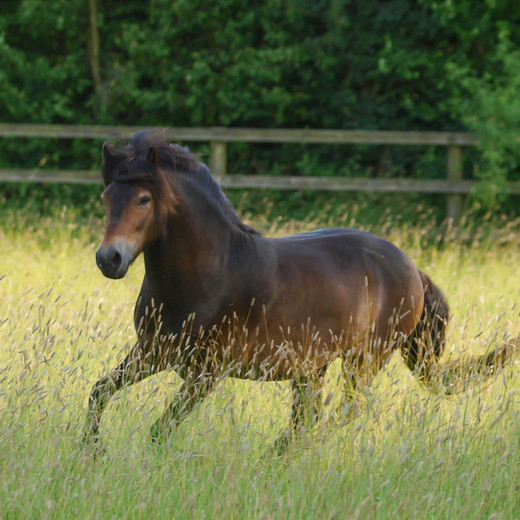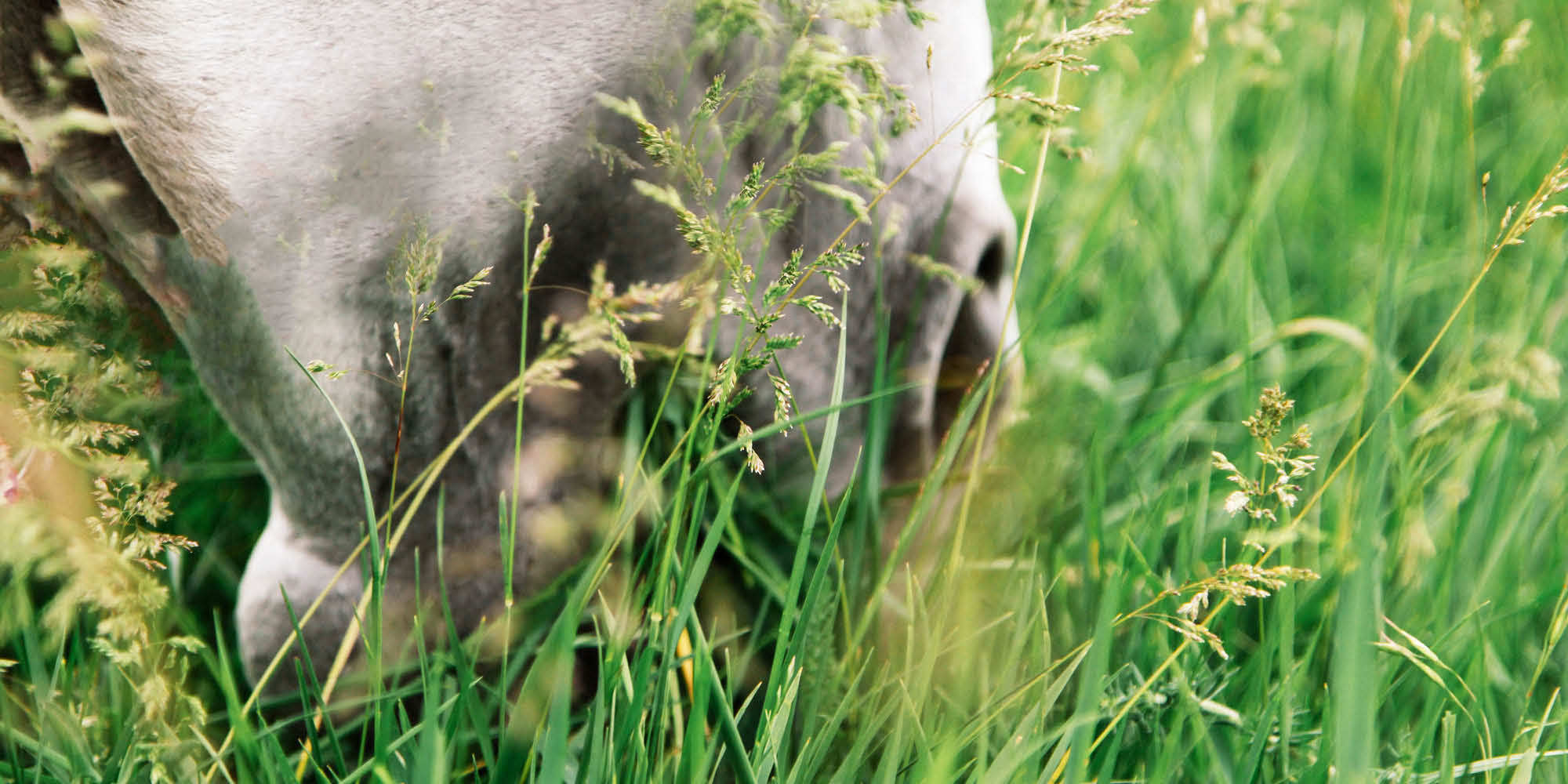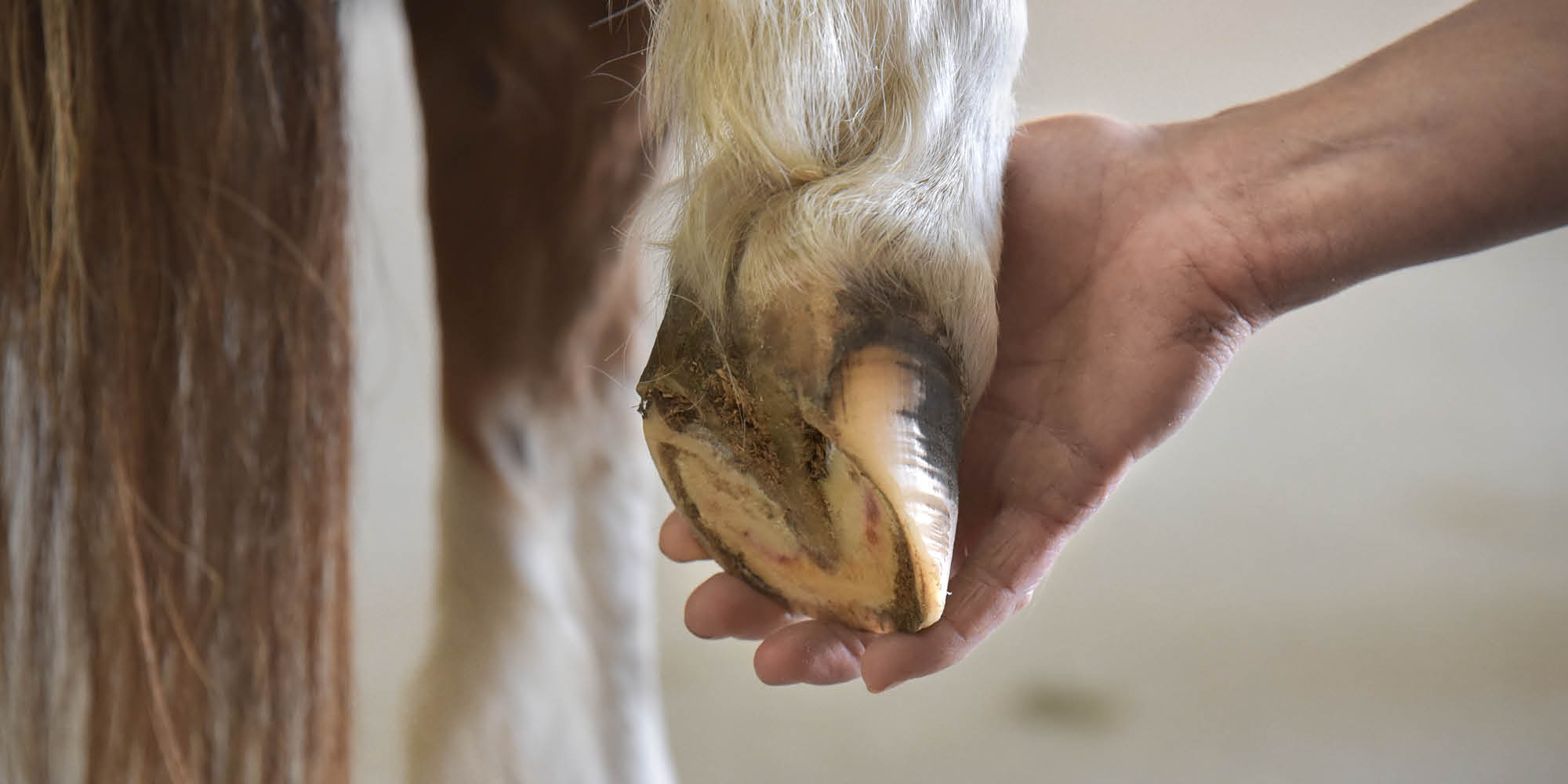5 warning signs of laminitis
Mar 26th 2024

Laminitis is a common and potentially deadly disease found in horses of all types and sizes. We may now be heading into the spring-summer months; however, the disease isn’t just prevalent in ponies that eat too much grass during spring. Research has also found that horses who suffer from Cushing’s disease, horses being treated with steroids, and even horses that are exposed to high levels of riding on hard ground, turnout on crisp frosty morning grass can all encourage the onset of laminitis at any time of the year.

We all want our horses and ponies to lead happy and healthy lives so, here, we bring you five key signs that your horse may be suffering from this preventable disease.
Poor performance: Unwilling to go forward and refusing to jump
Horses may start to ‘feel’ their feet whilst being ridden which will, in turn, reduce their performance levels. This may become especially noticeable on hard ground.
Hot hooves
You may find that one or more of your horse’s hooves are unusually warm to touch. Again, get to know your horse’s feet and what feels and looks normal, which should help you recognise any abnormalities at an early stage.

Shortened stride on hard ground
Horses or ponies may look 'footy' and prefer the soft ground to walk on. They may have a shorter, stilted, and pottery gait and be reluctant to make tight turns. These horses are also often footsore or lame after they have been shod or had their feet trimmed. If you suspect laminitis, A quick way to analyse how uncomfortable your horse is on its feet is to walk him in a small circle on hard ground. Horses suffering from laminitis will be very sore on their feet in these circumstances compared to other hoof or leg-related problems.
Frequent weight swapping from one foot to the other
A horse that swaps his weight from one hoof to the other too often might be showing early signs of laminitis. Horses normally shift their weight between feet about two or three times per minute. Research has shown that an increased rate of weight swapping can be an early sign of laminitis as the horse tries to find the least painful way of weight-bearing. If the feet get painful enough, the horse will begin to change his stance, shifting his weight back to his haunches and stretching his legs out in front of him in the classic laminitis pose.
Strong and rapid pulse in more than one lower limb
Get to know what your horse’s normal digital pulse (located at the back of the fetlock) feels like. If the digital pulse is stronger than usual, this can be a major clue that laminitis is to blame. However, a strong digital pulse can also indicate other foot pain.
If you suspect laminitis, we recommend you seek veterinary advice immediately. Prompt diagnosis and the correct treatment, combined with careful ongoing management and shoeing, can make all the difference between a speedy resolution with a return to full work and irreversible foot changes.
For further information on laminitis, visit the Laminitis Trust website.

Careful consideration should be given to all horses and ponies, even if they are not deemed ‘the usual type’ to be prone to laminitis. This potentially life-threatening condition can strike any horse at any time of year, so it is important to know what is normal for your horse so that you can easily detect any changes that may signal your horse is unwell. Implementing simple measures such as providing low-calorie feed, offering laminitis-friendly treats, and effectively managing grazing and turnout can significantly mitigate the risk of laminitis for your equine partner.




